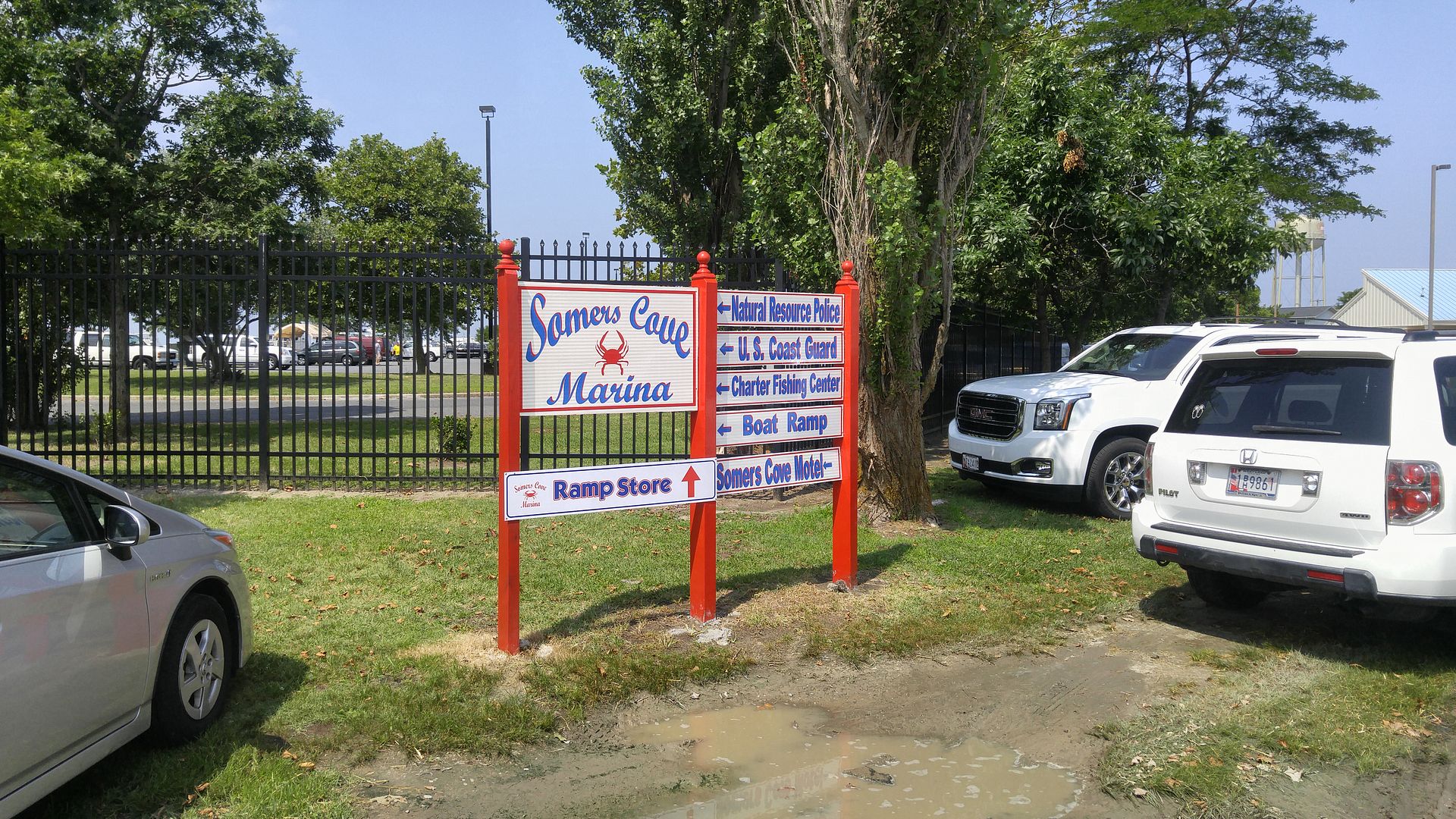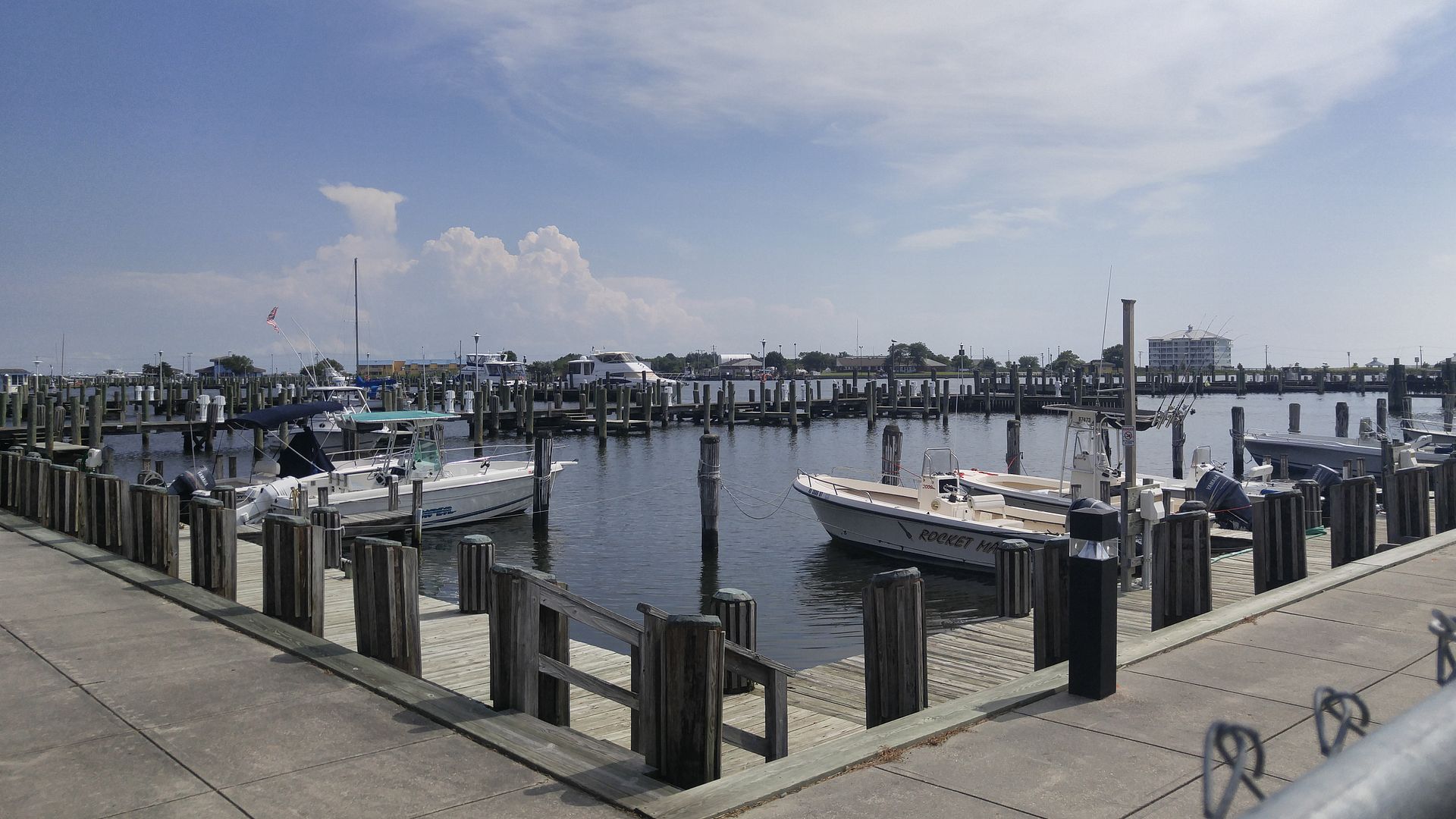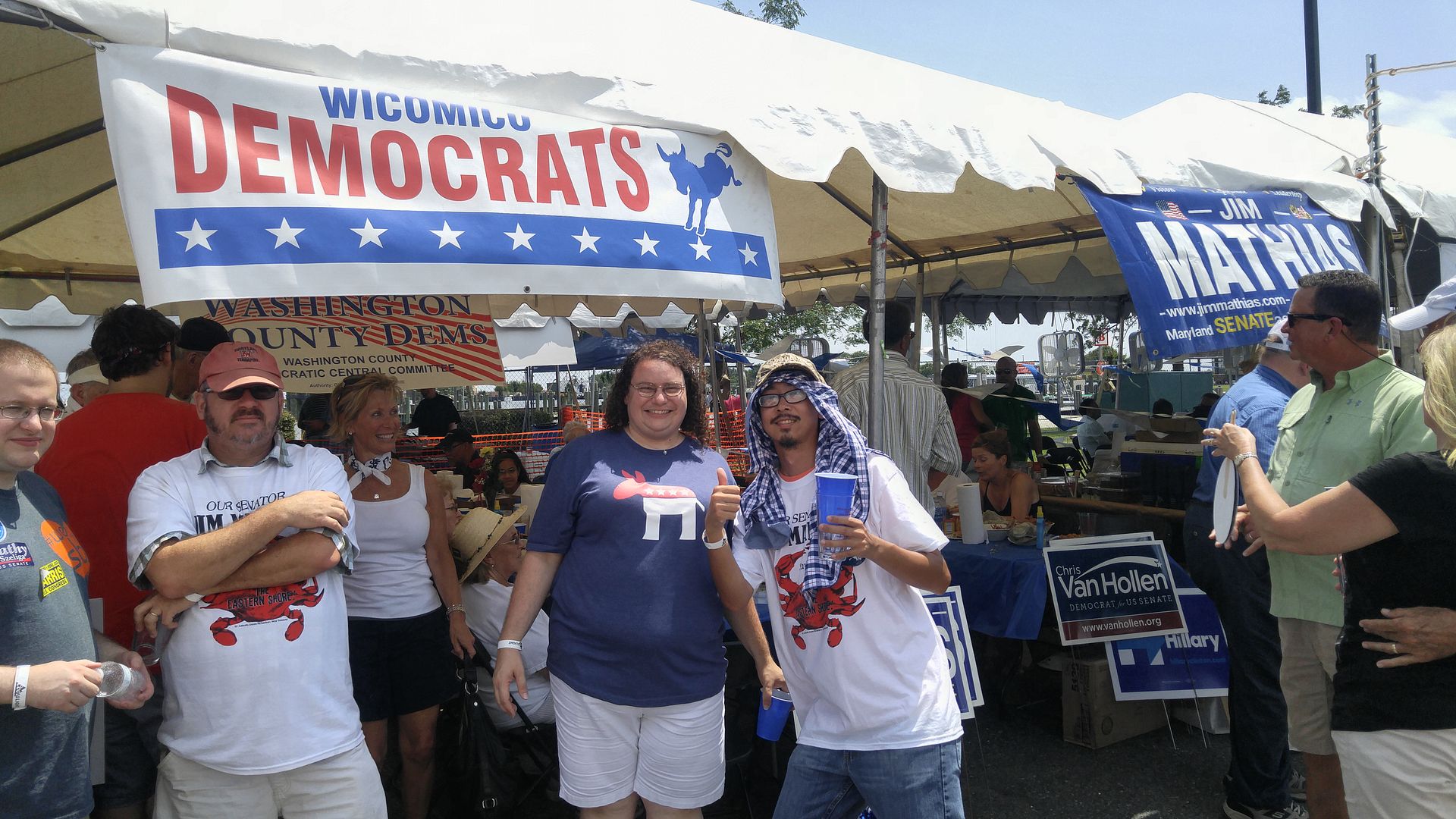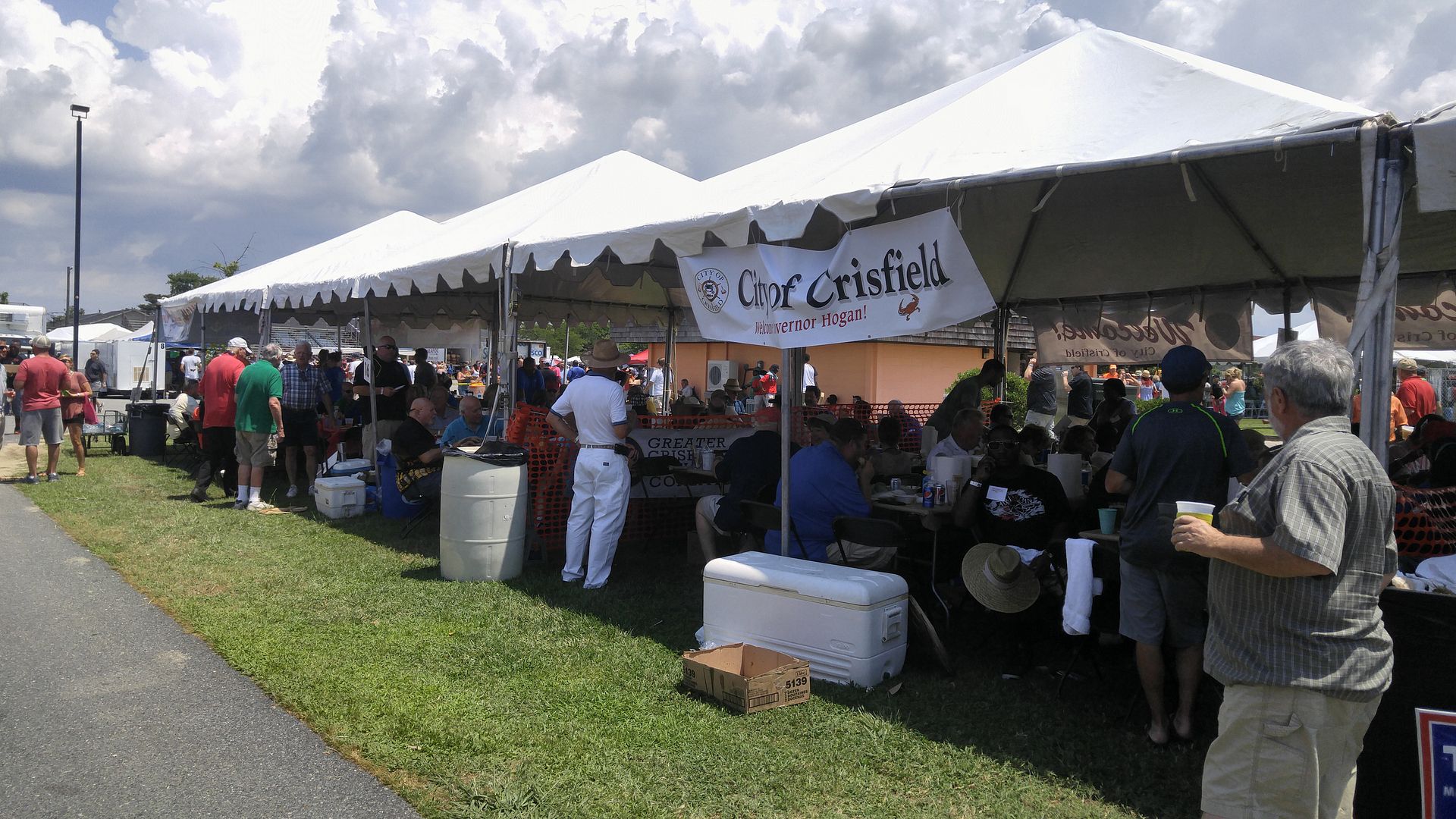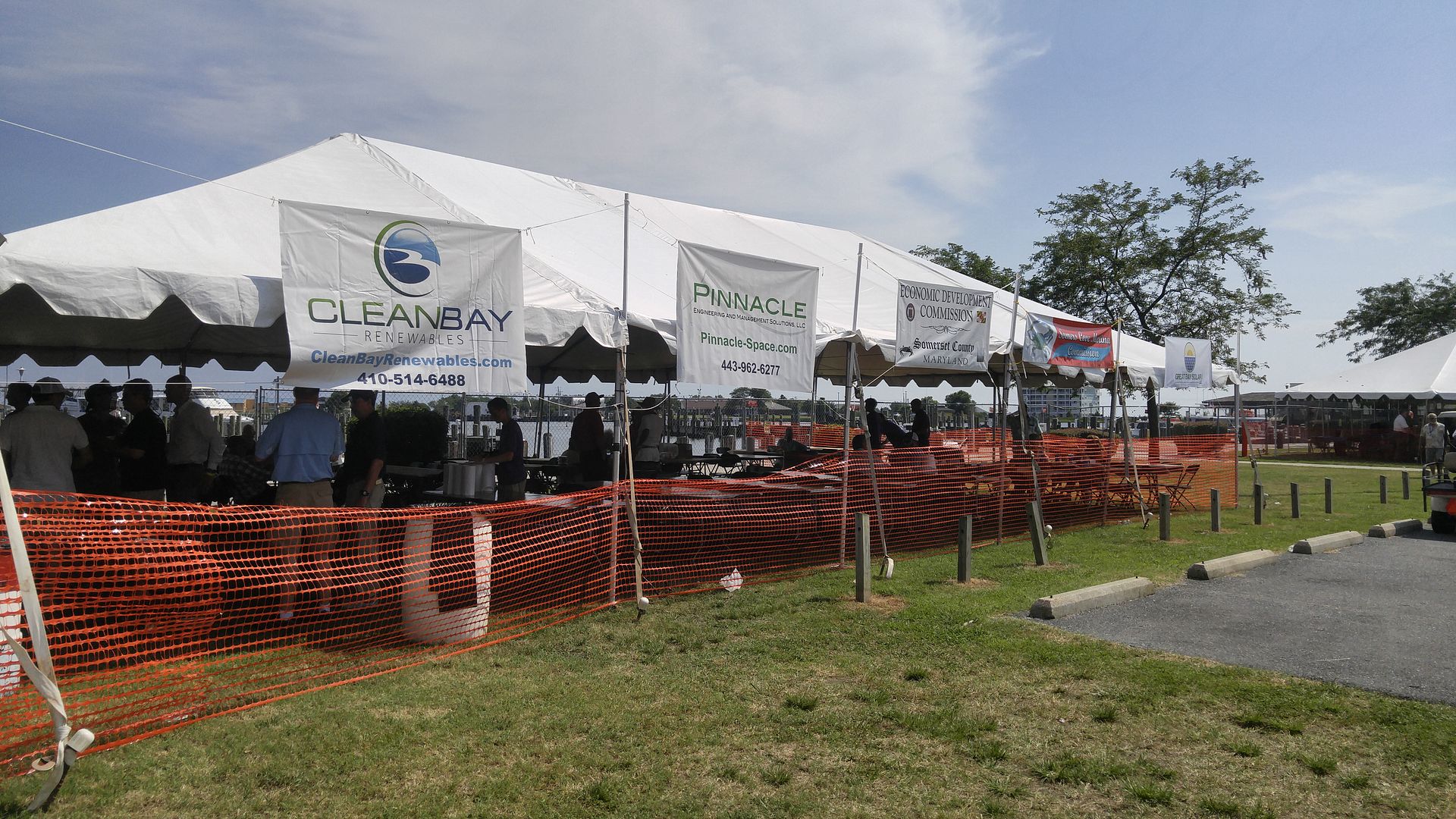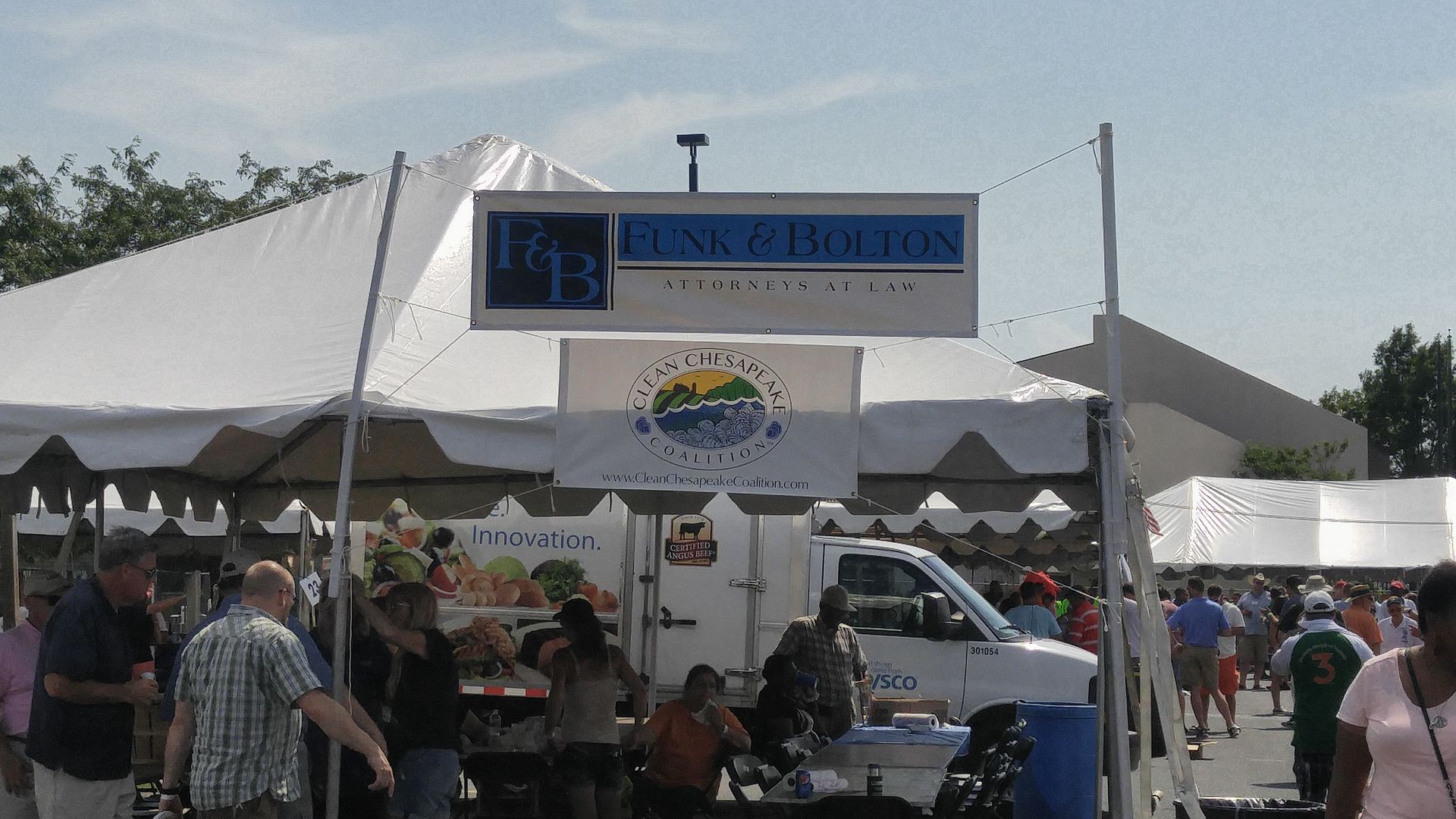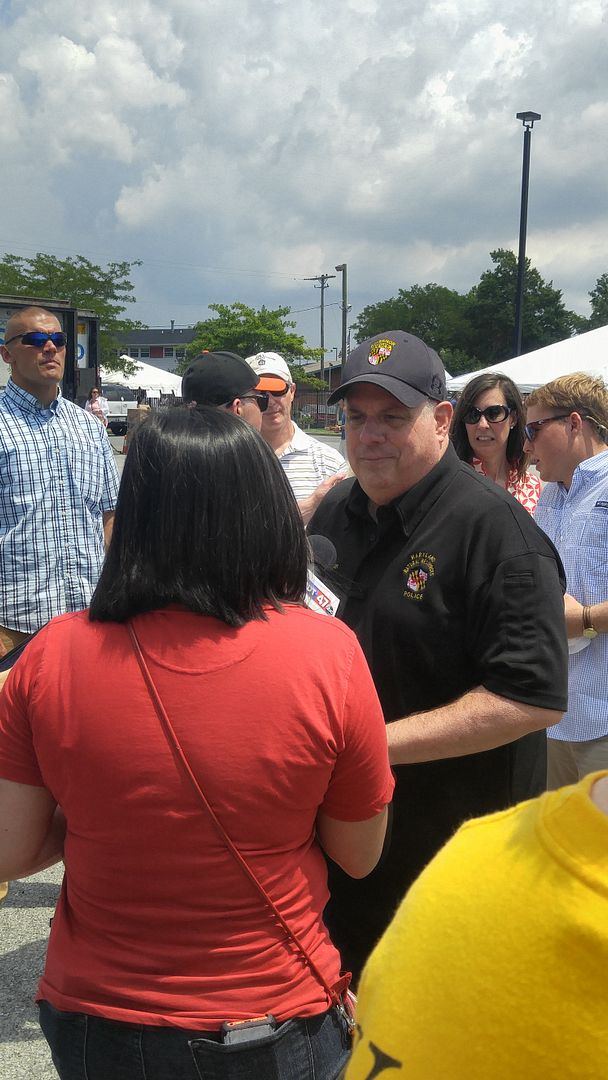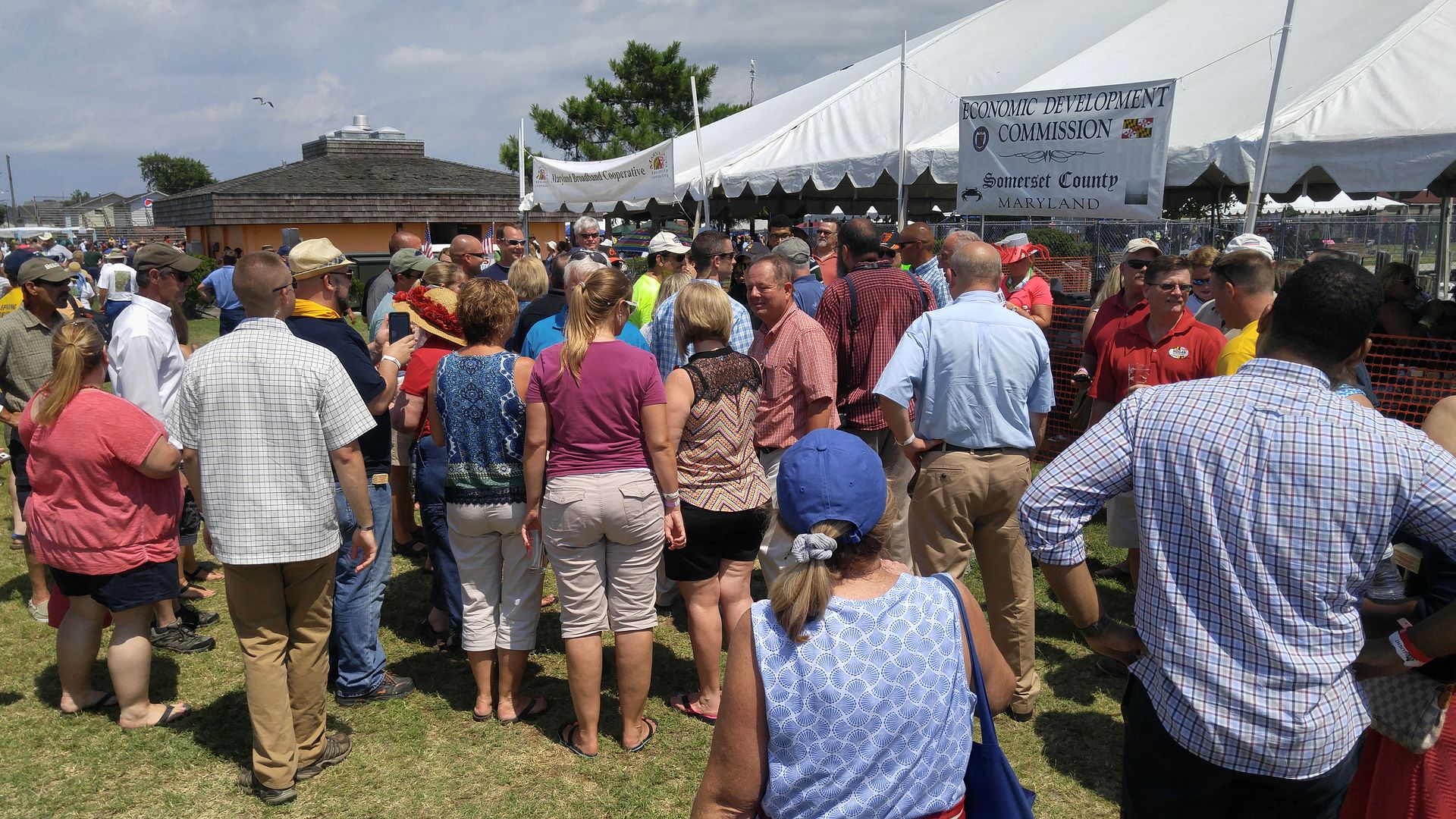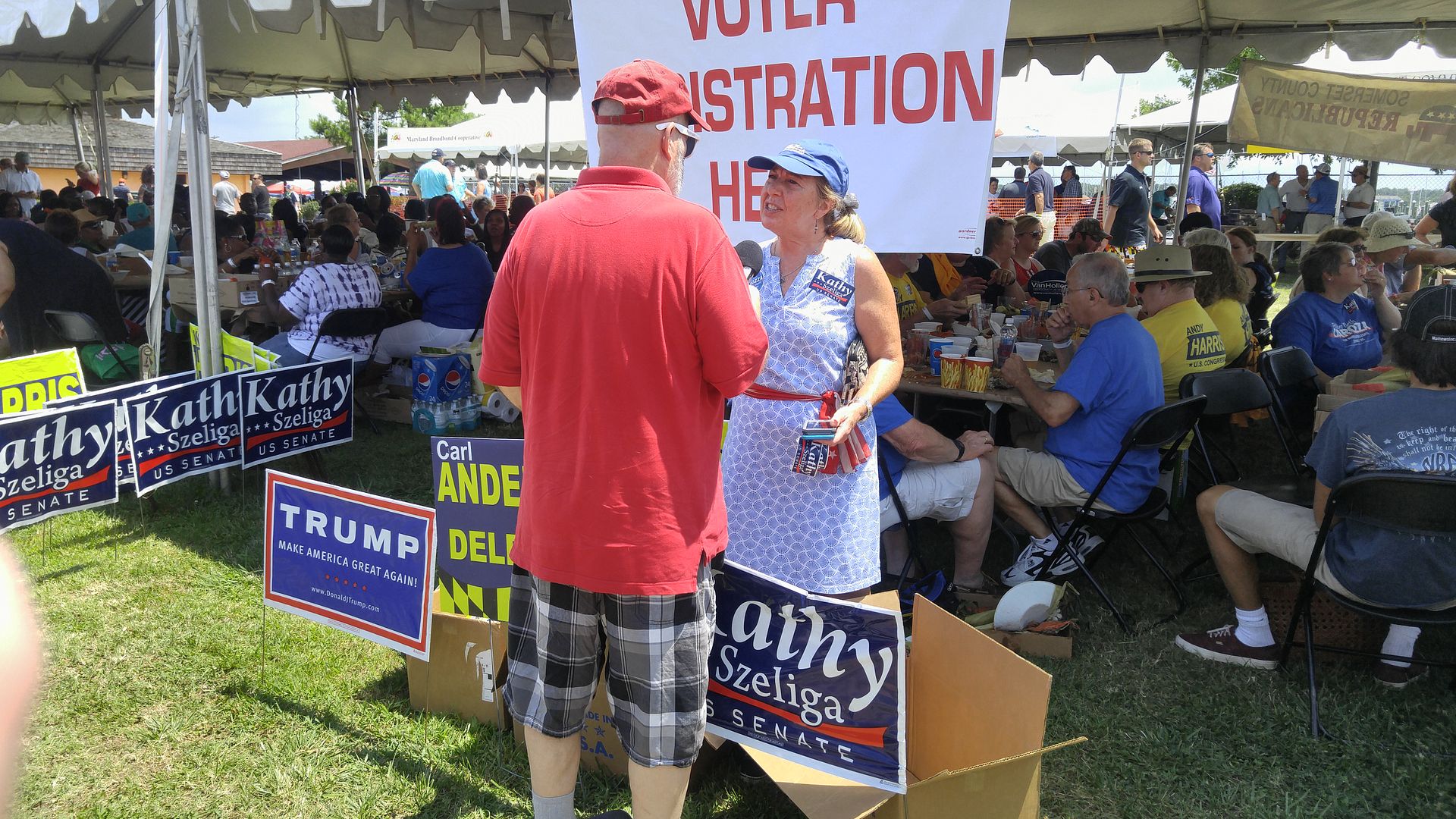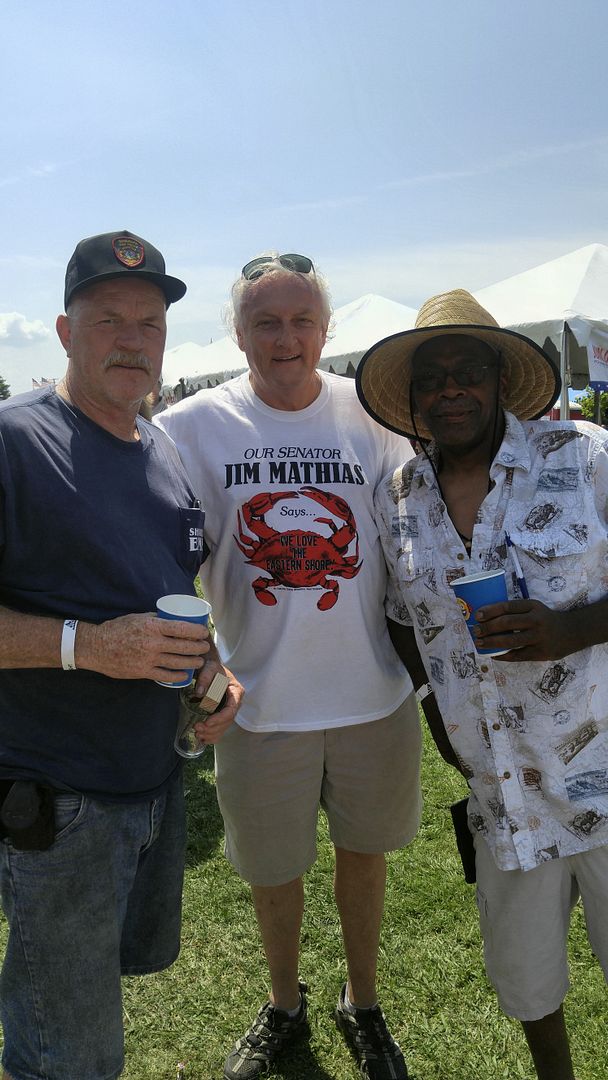A few days ago I mentioned the manufacturing advocates the Alliance for American Manufacturing (AAM) in a post regarding their convention plans. I wasn’t surprised to see they were very pleased with Hillary Clinton’s remarks, including a plan to “pass the biggest investment in new, good-paying jobs since World War II.” Ah yes, the old “investment” in infrastructure, where taxpayer money will be shoveled to cronies and unions in an effort to build things we may not need or use (like facilities for public transit, bike paths, and so forth) at the artificial “prevailing” wage. Spend five dollars, waste two or three more – they don’t care because it’s all on the credit card anyway.
It sounds to me just like the promises regarding the “stimulus” package from Barack Obama, officially known as the American Recovery and Reinvestment Act (ARRA) of 2009. Those “shovel-ready” jobs actually turned out to be, among other things, government backstopping certain public-sector jobs that may have been destined for the chopping block. Only a small portion of the over $800 billion spent actually went to infrastructure, but ARRA was sold as an investment in infrastructure. So pardon me if I expect little good to come from Hillary’s plan.
Anyway, last night I read a contention that was more interesting (and realistic) from American Enterprise Institute scholar (as well as professor of economics and finance) Mark J. Perry. Here is the money line:
The bottom line is that America’s abundant and low-cost natural gas and electricity have more than offset higher labor costs in the U.S. and have contributed to the strongest profitability in a generation or more for U.S. manufacturers. Within three years, and possibly even sooner, it will be cheaper for most U.S. companies to manufacture goods for the American market at home, compared to producing those same goods in Asia. (Emphasis mine.)
Of course, that prediction is fraught with peril. We could regulate our way out of the energy boom by continuing to mandate the use of expensive, inefficient renewable energy sources (or, in lieu of that, transfer payments from utility providers), we can maintain the oppressive tax climate that has been one of many reasons companies are choosing to go offshore – any bean counter will tell you it’s better to pay 15% tax than 35% – or actually enact the increasing minimum wage that unfortunately Donald Trump is now supporting. Any or all of these are possible regardless of who wins the Oval Office.
And that’s the shame of it all. Over the course of the nation’s history, we have seen America become a great industrial power only to lose its advantage to upstarts like Japan and China. (Then again, we wrested the title from the British in the 1800s so things are always fluid.) These Asian nations took advantage of newer technology and less expensive labor to attract American manufacturing jobs that were in older, less efficient unionized plants, despite the fact these items would have to shipped back thousands of miles to their primary market.
But here we have the chance to get some of this back, and my fear is that too many people want to keep the status quo in place as a political issue rather than solve the problem. We talk about being a free market insofar as trade is concerned, but I contend that we need to work on freeing our own market:
- Toss out these federal and state regulations and carveouts that only benefit special interests or large, established competitors trying to corner their respective markets.
- Encourage the adoption of right-to-work laws so unions are forced to compete and sell the benefits they provide for the cost to workers.
- Instead of debating whether the minimum wage should be increased or not, we should be debating how quickly we phase it out. The true minimum wage is zero, which is what workers who are tossed out of a job when companies can’t afford the increased labor costs will earn.
In reading the GOP platform (and I’m just going to ignore the Democrats on this one, since they aren’t selling themselves as free-market, limited-government types) I saw some attention paid to these issues, although their approach seems to be more of just controlling growth and pruning around the edges than a wholesale reduction. Needless to say, that platform could be completely ignored by the elected members of the party from Donald Trump on down if the idea of enriching their friends, rather than the supporters of the other side that have engorged themselves over the last eight years, remains in place.
Sadly, over most of the last century it hasn’t really mattered which side was in power because government has grown regardless of who was in charge. (The one exception: the Harding-Coolidge era of the 1920s, when the federal budget was drastically reduced – and annually balanced – after World War I. In a time where we are stuck with Trump, Clinton, or maybe Gary Johnson, what we really needed was a Coolidge. Bobby Jindal was probably the closest we had in the GOP field.)
I began this whole process by talking about infrastructure, and there’s a legitimate need for prudent spending on upgrades where it is appropriate. Sometimes there is a need for a new federal or state facility. But I have also seen how the government uses infrastructure to maintain a cash cow, with my favorite example being the Ohio Turnpike I grew up close by.
You see, the original plan was to eliminate the tolls once the bonds to construct the road were paid off in the 1980s. (This was promised when the highway was built in the early 1950s – my dad remembers them staking it out a few miles from his house.) But then they decided that some new exits were necessary (which they were) so they decided to build those. Then it was adding a third lane in each direction between Youngstown and Toledo (a process still going insofar as I know, since I haven’t been that way in a couple years), then renovating all the rest areas (twice in thirty years, and ditto), and so on and so forth. Forget the promise to remove the tolls once the highway was paid off – they constantly spend money on projects that weren’t within the original scope, perpetuating the agency that runs the Turnpike.
In theory, we could spend money from now until doomsday on government-sponsored projects. Some contractors would benefit, but others would be left out in the cold because there’s a certain procedure required to bid on and win public works contracts. But it wouldn’t necessarily be the best use of our funds – and by that I don’t mean the money in the public till but the money that we earn for our collective pockets. If we really want to get manufacturing going and bring it back to America, we need to maximize their potential for meeting our marketplace. They may make mistakes, but that should be up to the market to pick winners and not the government.



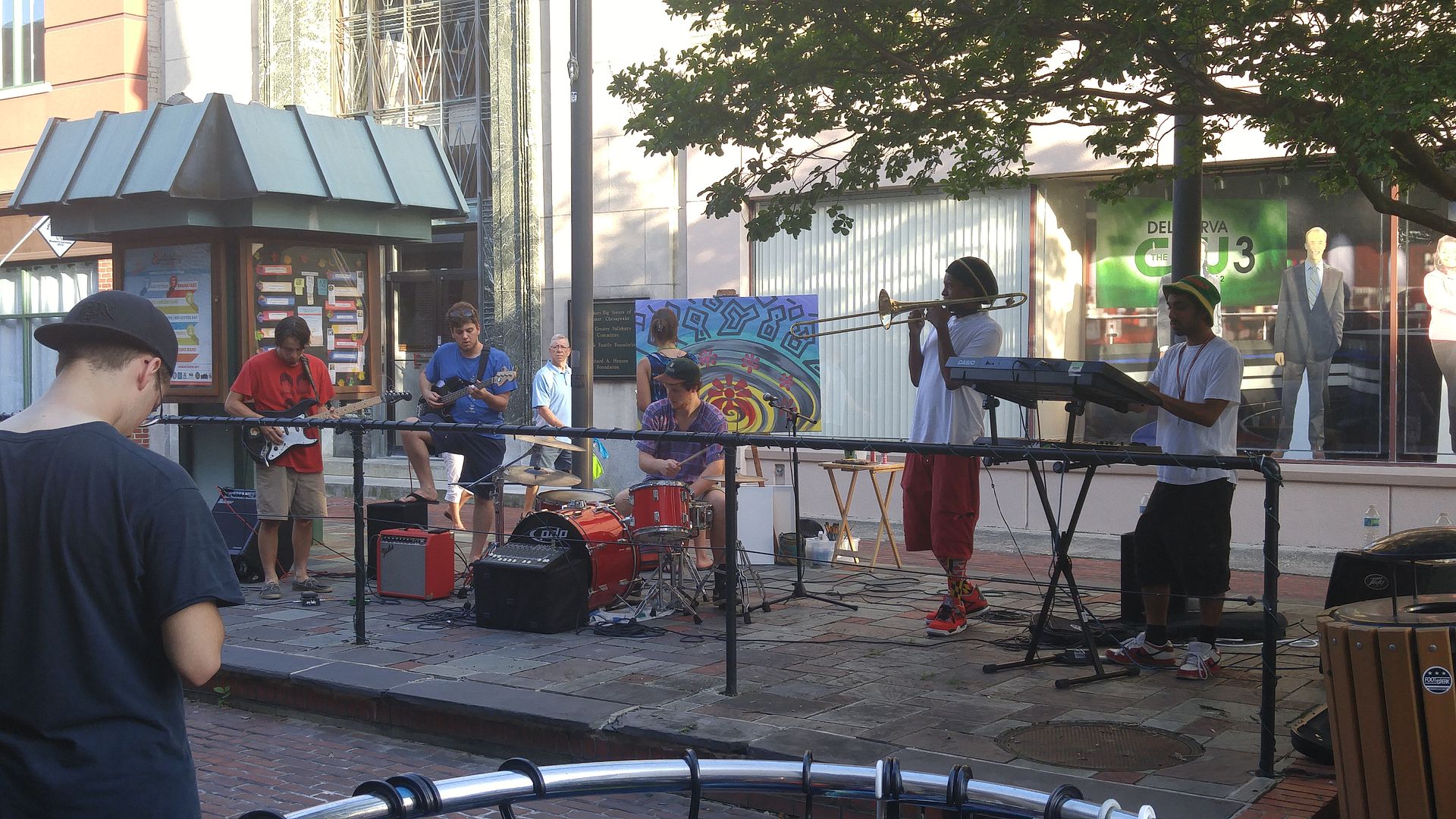

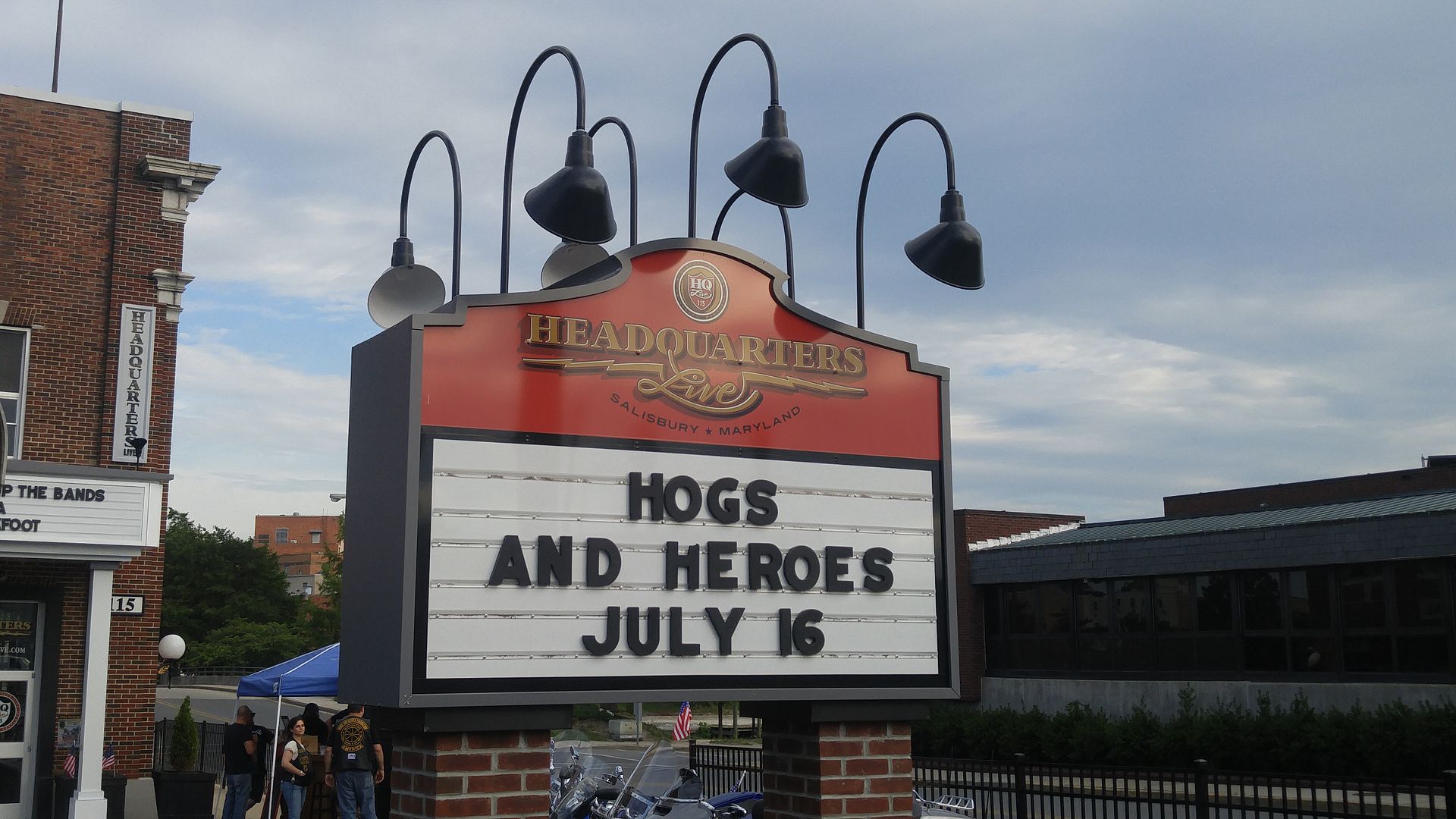
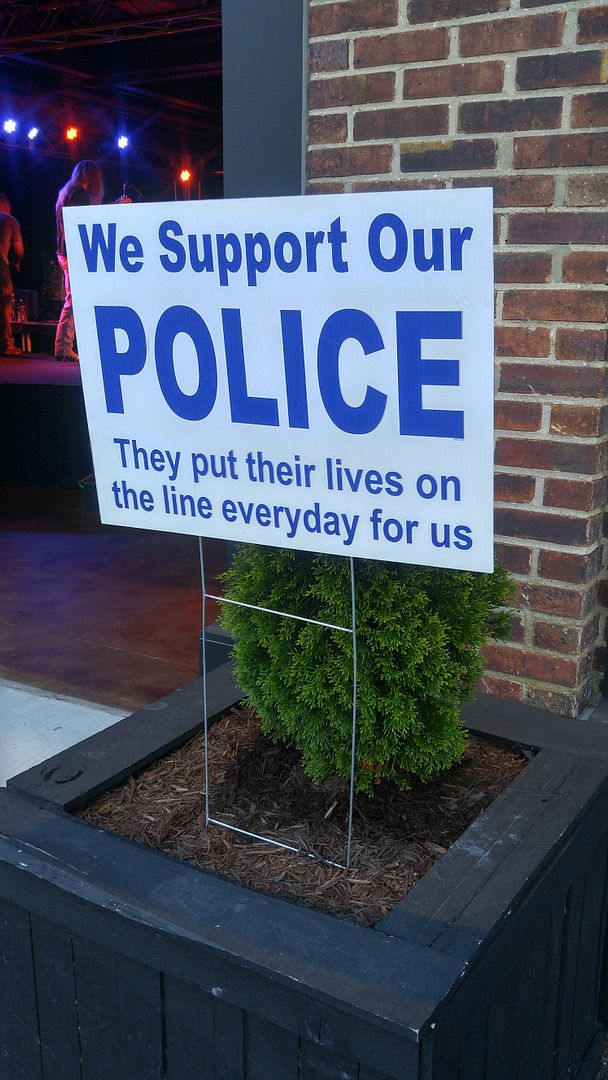

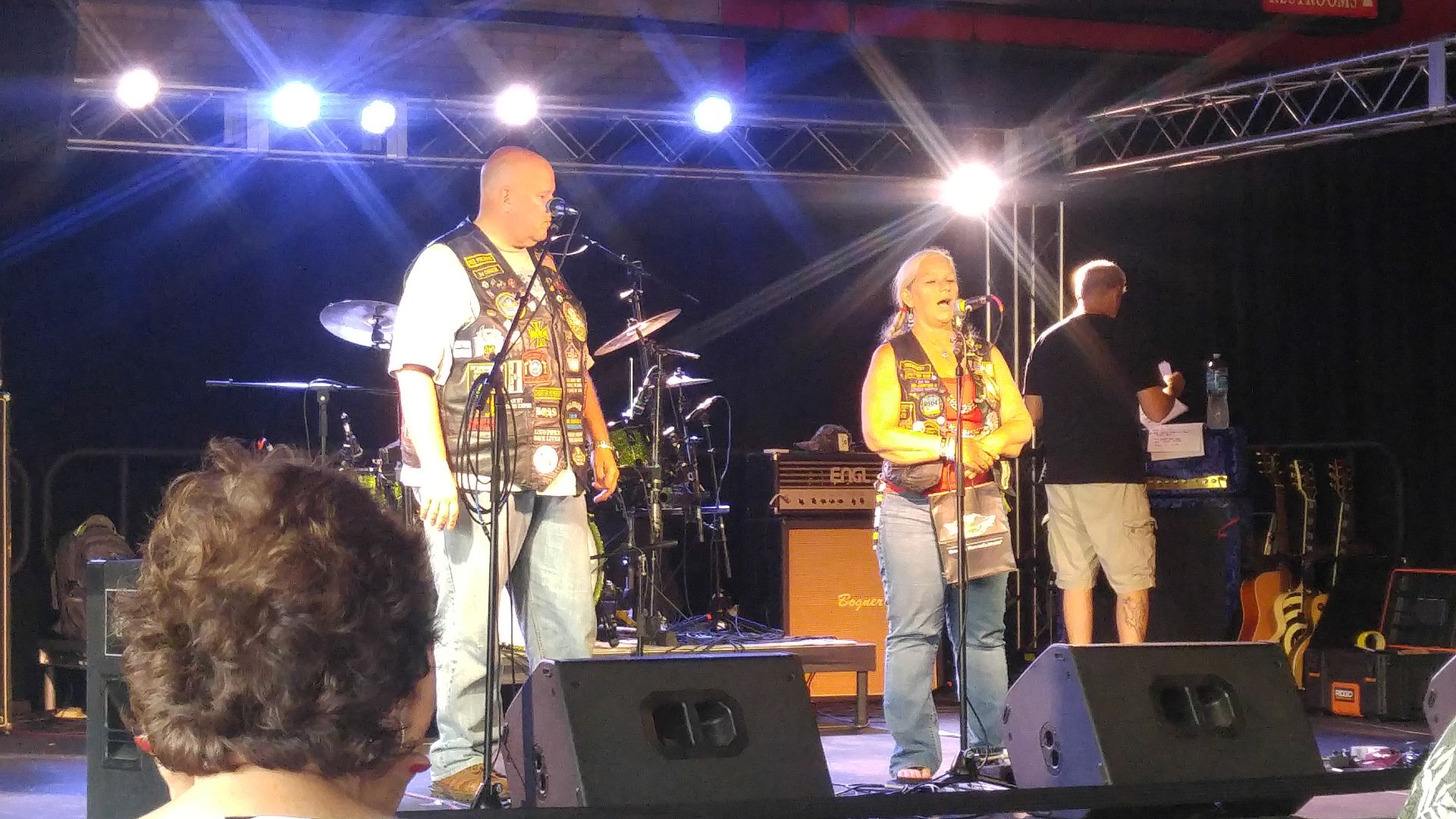




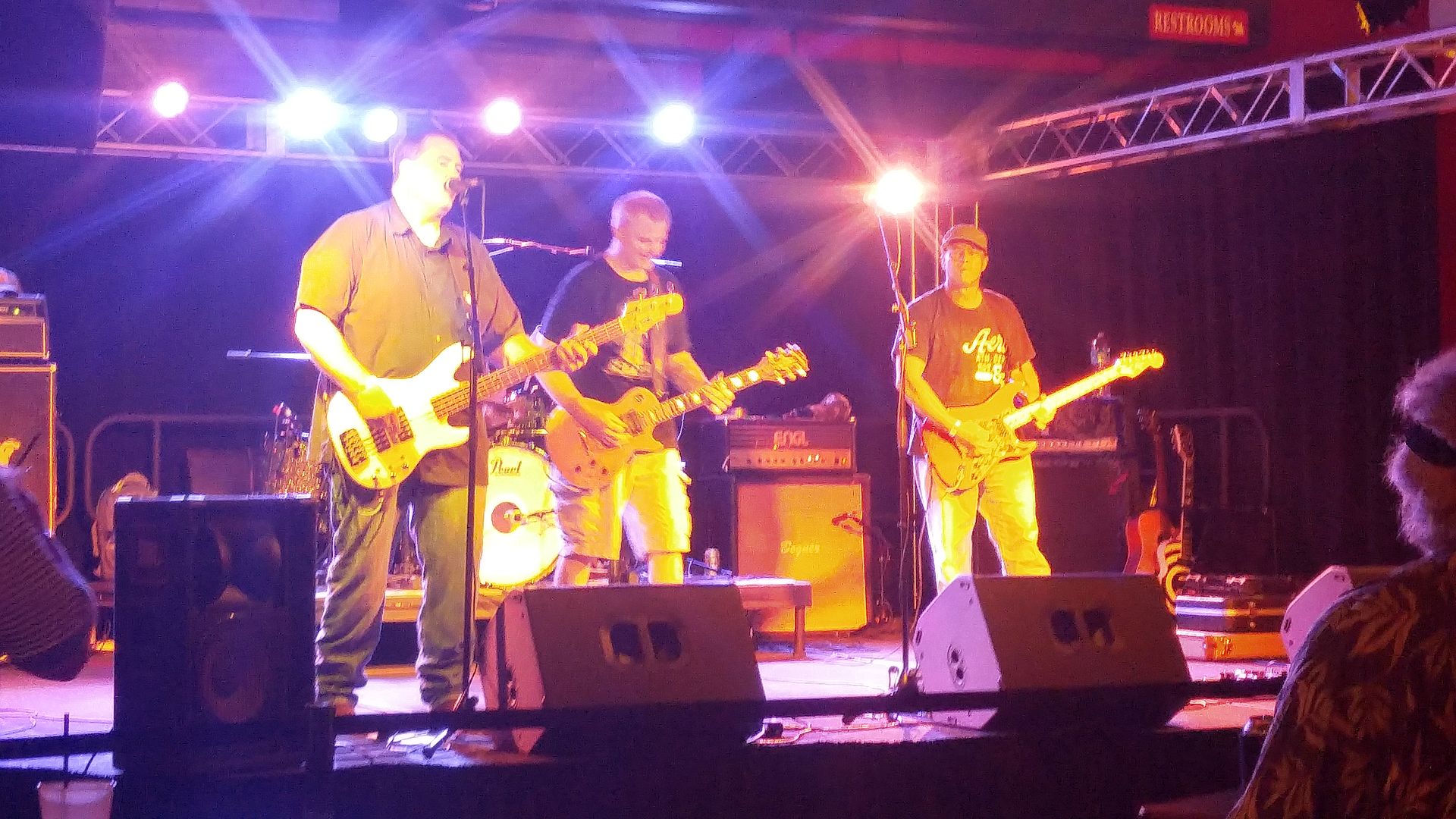

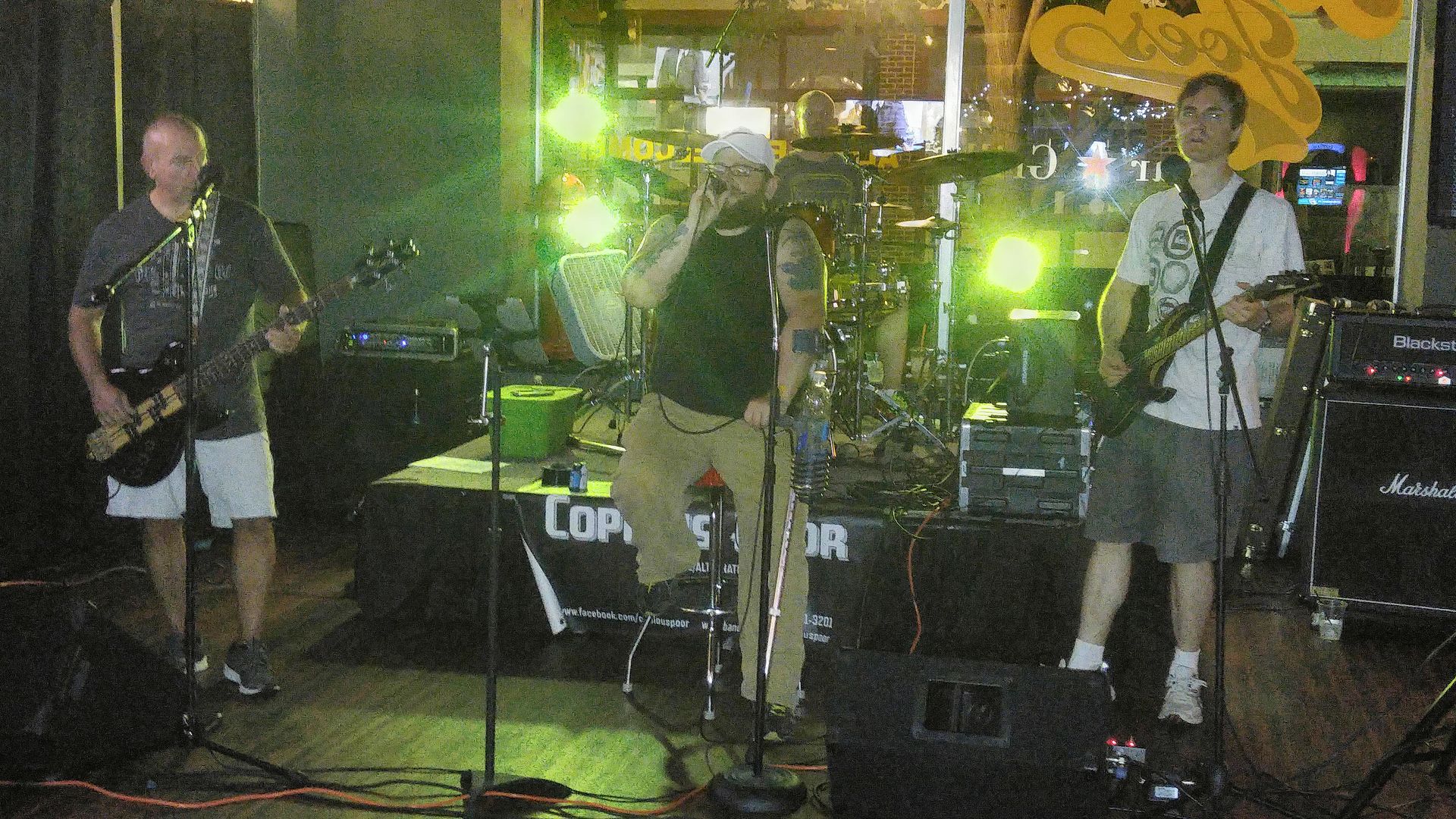
 He’s been on a tear lately, reminding people why he was a valued prospect. But Natanael Delgado has nearly slipped through the cracks of this Shorebird season until now.
He’s been on a tear lately, reminding people why he was a valued prospect. But Natanael Delgado has nearly slipped through the cracks of this Shorebird season until now.